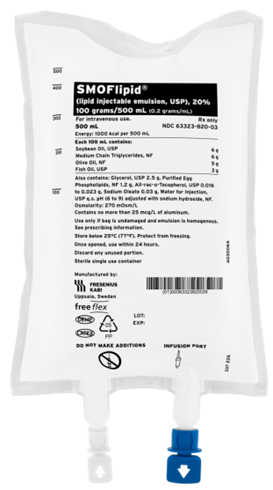A nurse in a provider's office is assessing a client who reports dyspnea and fatigue. Physical assessment reveals tachycardia and weak peripheral pulses. The nurse should recognize these findings as manifestations of which of the following conditions?
Asthma
Aortic valve regurgitation
Heart failure
Aortic stenosis
The Correct Answer is C
A. Asthma typically presents with wheezing, shortness of breath, and chest tightness. While dyspnea is a symptom, tachycardia and weak peripheral pulses are not characteristic findings associated with asthma.
B. Aortic valve regurgitation may cause dyspnea and fatigue, but it is more commonly associated with bounding pulses and diastolic murmur rather than weak peripheral pulses.
C. Heart failure is characterized by symptoms such as dyspnea, fatigue, tachycardia, and weak peripheral pulses due to reduced cardiac output and poor perfusion to the extremities. The nurse should recognize these signs as indicative of heart failure.
D. Aortic stenosis can lead to symptoms like dyspnea and fatigue; however, it typically presents with a triad of symptoms including exertional dyspnea, angina, and syncope, rather than weak peripheral pulses.
Nursing Test Bank
Naxlex Comprehensive Predictor Exams
Related Questions
Correct Answer is ["75"]
Explanation
To calculate the infusion rate, divide the volume of fluid by the time in hours. In this case, 1800 mL / 24 hr = 75 mL/hr.
Round the answer to the nearest whole number and use a leading zero if it applies.
Do not use a trailing zero because it could be misread as a decimal point. Therefore, the nurse should set the IV pump to deliver 75 mL/hr.

Correct Answer is D
Explanation
The nurse should check the client's vital signs first because nausea and weakness are signs of digoxin toxicity, which can also cause bradycardia, hypotension, and arrhythmias. The nurse should also assess the client's serum digoxin level, potassium level, and electrocardiogram.
Request a dietitian consult is wrong because it is not the priority action and it does not address the possible cause of the client's symptoms. A dietitian consult may be helpful to provide nutritional education and guidance, but only after ruling out or treating digoxin toxicity.
Suggest that the client rests before eating the meal is wrong because it is not the priority action and it may delay the diagnosis and treatment of digoxin toxicity. The nurse should not assume that the client's symptoms are due to fatigue or lack of appetite, but rather investigate for any underlying problems.
Request an order for an antiemetic is wrong because it is not the priority action and it may mask the symptoms of digoxin toxicity. The nurse should not administer any medications that could interact with digoxin or worsen its effects, but rather notify the provider and follow the protocol for digoxin toxicity management.
Whether you are a student looking to ace your exams or a practicing nurse seeking to enhance your expertise , our nursing education contents will empower you with the confidence and competence to make a difference in the lives of patients and become a respected leader in the healthcare field.
Visit Naxlex, invest in your future and unlock endless possibilities with our unparalleled nursing education contents today
Report Wrong Answer on the Current Question
Do you disagree with the answer? If yes, what is your expected answer? Explain.
Kindly be descriptive with the issue you are facing.
